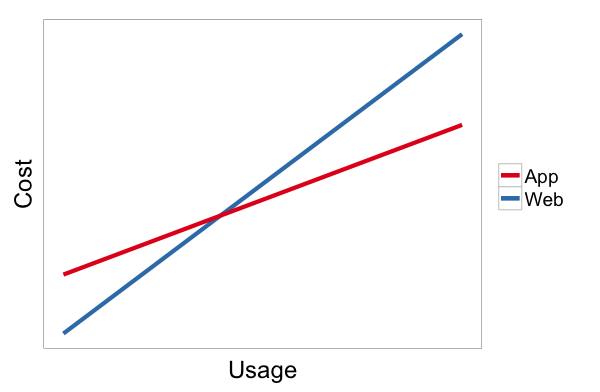So the wife and I both decided to sign up on the dating app TrulyMadly, she to conduct research for her matchmaking service, and me as part of my research for the book that I’m currently revising. Based on our collective usage of our respective apps for about an hour, here are some pertinent observations.
- Sexism: The wife can see salaries of men she is getting matched with, while I don’t get to see salaries of women being recommended to me. Moreover, women are allowed to “lurk” (and not have a public profile) on the platform, but no such thing for men. I’m surprised no one has called out TrulyMadly on their sexism
- Job board: To list on the app you need to indicate your profession and job, and how much you are making. So if you are a woman on this site, apart from getting to check out men, you get to check out what jobs pay how much, and it’s not inconceivable that you use the app to find yourself a job.
- Judgments: This should possibly go down under sexism again. Anyway, the wife has mentioned her qualifications as “MBA”, and she is only being shown men who are graduates of top B-schools in India. No such thing for me – women shown to me had all kinds of qualifications. It’s like TrulyMadly has decided that women should only date men who are at least as well qualified as them. Moreover, the app also decides that men can only date women who are shorter than them, though there’s a setting somewhere to change this.
- Age bar: Based on my age (which I entered as 34), the app decided that I should only be allowed to check out women between the ages of 26 and 34. These can be moved around, in case I have fetishes outside this age range, but I’m shocked that they are not aware of the N/2+7 rule – based on which the lower limit should’ve been set at 24 (34/2+7) and not 26.
- Gender imbalance: The app gave up on me after I rejected some half a dozen women, after which I deactivated my account and deleted the app. The wife’s app, however, continues to go strong, as she might have rejected some two or three dozen men by now (apart from having done research on what jobs pay how much). Just goes to show the gender imbalance on the app. I can imagine this leading to a lot of frustrated people, of both genders.
Ok that’s it for now. Any more insights you can read in my book (I hope to get it out in the next month or two)!
Moral of the story: Product management pays better than category leader.
